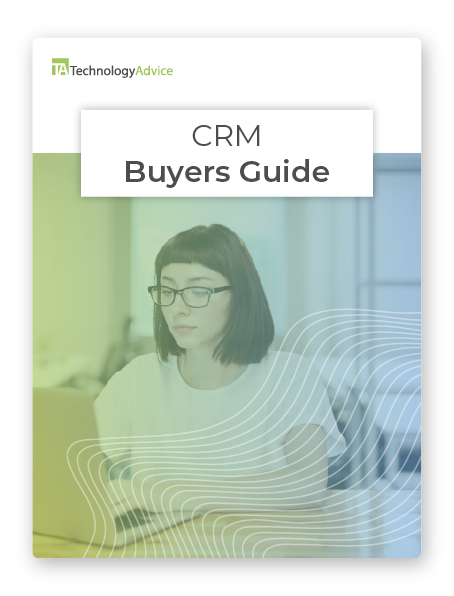Salesforce Sales Cloud could be viewed as the Cadillac of customer relationship management (CRM) software. Last year, the company took in over $3.6 billion in subscription and report revenue, thanks in large part to contracts with companies such as GE Aviation, Time Warner Cable, and the American Red Cross.
But there are still many businesses that only have a superficial understanding of this product. They aren’t sure if Salesforce is actually a good fit for their needs or how it compares to other solutions. In order to help such companies, we decided to look under the hood of Salesforce Sales Cloud.
Home Screen/Dashboards
After logging into Salesforce, the first thing you’ll notice is the home screen, which is styled like a social media newsfeed. This lets your team see important company and customer updates and get an idea of which team members are working with which clients. It’s also a great resource for collaboration, since users can comment on activity and share relevant information while it’s still hot.
The other main section of the home screen is the Dashboard tab, which gives users a roll-specific summary of goals in progress and a picture of how those goals feed into the sales pipeline. From the dashboard tab, you can also view any open service cases by type or status and create sharable charts. The dashboards layout can be adjusted to suit anyone in the company, from the sales rep to the CEO.
Contacts, Accounts, and Opportunities
In the contacts tab, you begin with an overview of recent contacts, standard reports, and various back-end tools. From here, you can enter specific contacts and view a comprehensive profile that includes social media information, activity and campaign history, along with connections to specific accounts or companies. The account associated with each contact has its own page that lists basic information about the company, contacts within the company, open activities, and opportunities. You can navigate to any of these sections with one click.
An opportunity detail, for example, will pull up pertinent information about a deal in progress: amount, stage, probability, forecast category, related products, and the ability to enter notes, file attachments, and quotes.
Campaigns
The Campaigns tab helps marketers manage and track campaigns across multiple channels and make decisions about where to invest more effort. Similar to the main dashboard, each campaign overview displays real-time numbers related to the campaign’s progress, such as total responses and converted leads. Users can also drill down to individual leads to see which campaign they came from and any associated tasks.
Reports
Salesforce’s reports function is built to give decision-makers access to real-time insight about sales, marketing, and service data. In the reports tab, you can create reports on almost any metric by opening standard, built-in reports or by customizing your own reports with drag-and-drop fields, filters, groupings, and charts. Salesforce also offers more advanced business intelligence (BI) features through their Wave platform, which you can read more about here.
App Exchange
If the basic functionality of Salesforce isn’t inclusive enough for your needs, you have the option to extend your CRM with over 2,000 business productivity apps built on the Salesforce platform. You’ll find fully integrated add-ons for sales, marketing, customer service, IT, human resources, finance, analytics, and more. Pardot, for example, is a popular marketing automation system for businesses that want to nurture leads through email campaigns.
The App Exchange also hosts a database of developers and third-party consulting services for business looking to grow and innovate with IT.
***
With an average user rating of 8.4/10 and some of the most thorough customer support in the industry, Salesforce was recently named as a Leader in Service and Support in our 2015 CRM Market Index. That means a lot of people are loyal to Salesforce, but that doesn’t mean it’s right for every business.
Even the basic CRM package is expensive, and many of the apps essential to performance come at an additional monthly cost, which means Salesforce is more than some smaller business can afford. Compared to other products on the market, it can also be a bit feature-intensive.
Is Salesforce the best CRM solution for your business? Like any new software, that depends on your budget, business goals, and technical resources. But for those that can afford it, Salesforce Sales Cloud is an excellent system.
Top CRM Software Recommendations

